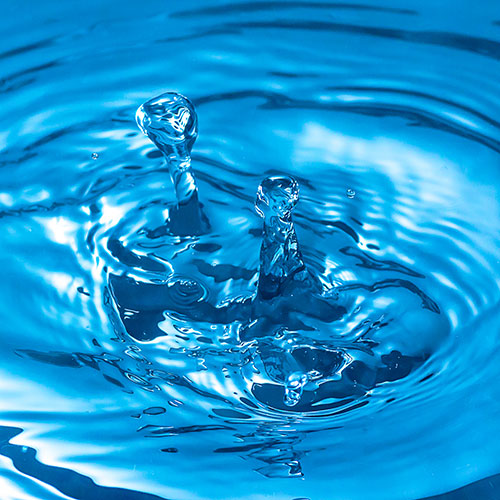Living Here
Media reports regarding elevated levels of PFAS are inaccurate

Recent media reports regarding elevated levels of PFAS (per- and poly-fluoroalkyl substances) in Gladstone’s potable water supply are inaccurate.
An article appearing in today’s (11 June) edition of The Sydney Morning Herald and a segment on Nine Network’s Today show cite a 2011 University of Queensland study sampling 34 locations across the country, comparing against recently released drinking water guideline values from the United States of America.
The Gladstone Region’s drinking water was most recently tested for PFAS in 2018.
Gladstone Area Water Board (GAWB) tested the Lake Awoonga scheme water supply and Queensland Health’s Wide Bay Public Health Unit, tested the Agnes Water/1770, Miriam Vale and Bororen water schemes.
PFAS were not detected in any sample.
Background
As a registered service provider supplying drinking water in Queensland, Council is required to have an approved Drinking Water Quality Management Plan in place approved by Department of Regional Development, Manufacturing and Water (DRDMW).
This details the operational and verification monitoring of water quality.
Service Providers are not required by DRDMW to test for PFAS compounds.
Council is required to implement a risk-based monitoring program, and as PFAS in drinking water had not been detected and has not been identified as a risk, monitoring has not continued.
Council will continue to be guided by the Department of Regional Development, Manufacturing and Water and Queensland Health, and manage its drinking water supplies in accordance with all legislative requirements.
PFAS have been used in a range of consumer products, such as carpets, clothes and paper, and have also been used in firefighting foams, pesticides and stain repellents.
The use of PFAS in firefighting foams was phased out by the Queensland Government in July 2019.
Download this media release (PDF)
See Also
News Items
Media Releases
Water








